Virtual viewing parties that let people watch video together remotely have become a popular way to stay connected with friends and family amid the coronavirus pandemic. Earlier today, Hulu announced the addition of a new “Watch Party” feature for its site to make a virtual viewing experience a built-in feature of its service. Now, media software maker Plex is also today launching its own “Watch Together” feature which works both with its own collection of on-demand content and users’ personal media.
The feature is launching in beta as it’s still considered experimental, but will allow Plex users to invite friends on Plex to watch a TV show or movie together. If a user is not on Plex, you can invite them to join via the link, as well.
Plex says the co-viewing experience is supported on both its free selection of on-demand movies and TV shows as well as on content from a user’s personal library without limitations. However, unlike Hulu’s new feature, Watch Together doesn’t currently include a built-in chat function. Instead, Plex simply handles the playback of the content and keeping it in sync between the different parties.
The company hasn’t put a specific cap on the number of users who can join a Watch Together session.
The company’s FAQ explains the number of people who can join will depend on your own server hardware where the Plex Media Server software runs, in addition to your network connection, disk speed, and the content being shared. If you add too many people to the session, you’ll experience playback issues, Plex warns.
Once a session begins, users can join from multiple devices or rejoin if they accidentally leave early, but no new people can be added. Unlike Hulu’s new co-watching feature, anyone who pauses the stream will pause the playback for all users, not just themselves.
At launch, Plex’s Watch Together feature works on Apple and Android platforms, including Apple TV and iOS/iPadOS, as well as on Android mobile and Android TV. Support for Roku will come soon after with other platforms to follow.
During testing, it will also be available for free to all users instead of only those who pay for a Plex Pass subscription. That will allow the company to gain more feedback about bugs and feature requests from a wider user base. But it will a paid offering in the future when the initial preview period wraps.
Co-watching video has become a popular activity during coronavirus lockdowns and quarantines.
One extension Netflix Party has seen a spike in usage as U.S. consumers were forced to shelter-in-place due to the coronavirus outbreak. HBO also recently partnered with browser extension Scener to offer a “virtual theater” experience that supports up to 20 people. Social apps like Instagram and HouseParty have rolled out co-watching capabilities, too.
Plex says the new Watch Together feature is live today in beta.

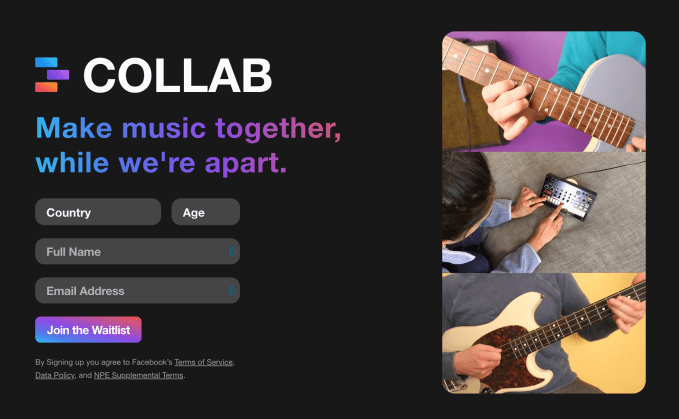
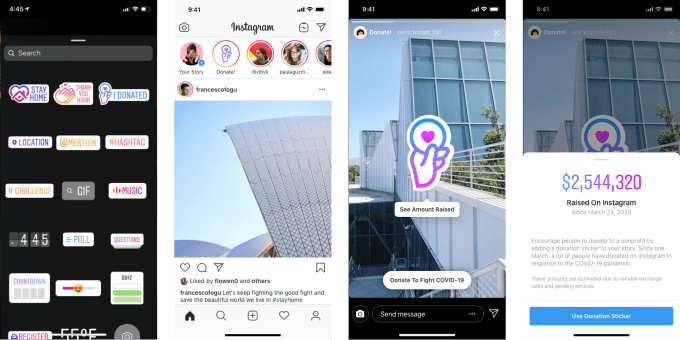
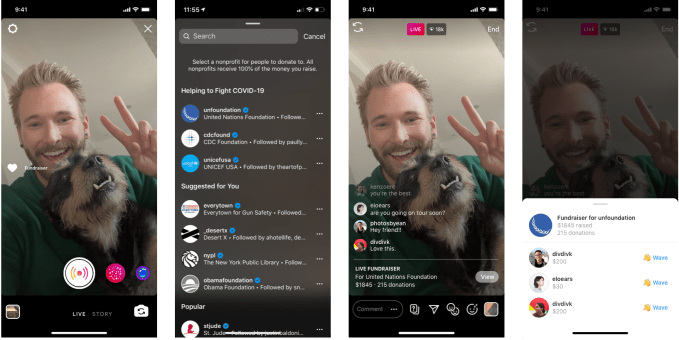
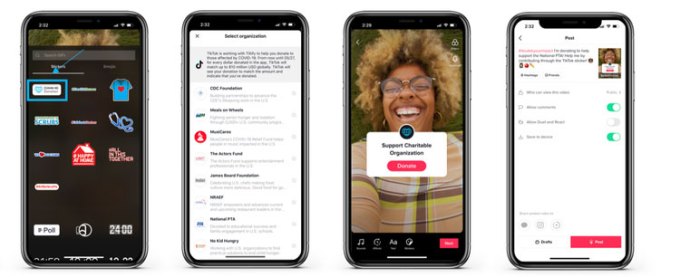
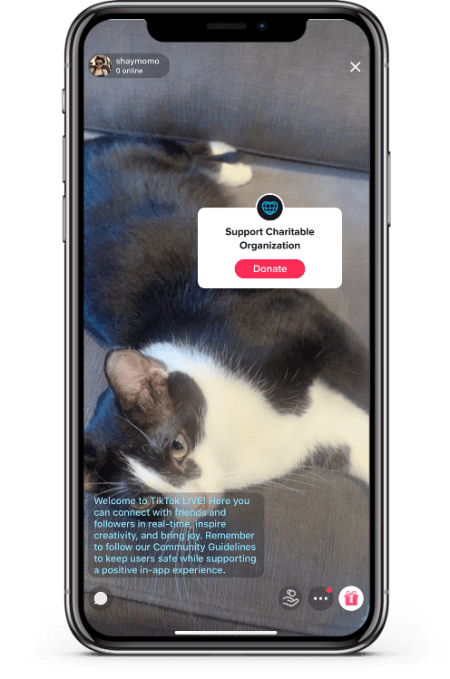 The company says it will also match donations raised through the Donation Stickers until May 27th. The hashtag #doubleyourimpact will be automatically added to videos and live streams that use the stickers, as a result.
The company says it will also match donations raised through the Donation Stickers until May 27th. The hashtag #doubleyourimpact will be automatically added to videos and live streams that use the stickers, as a result.

